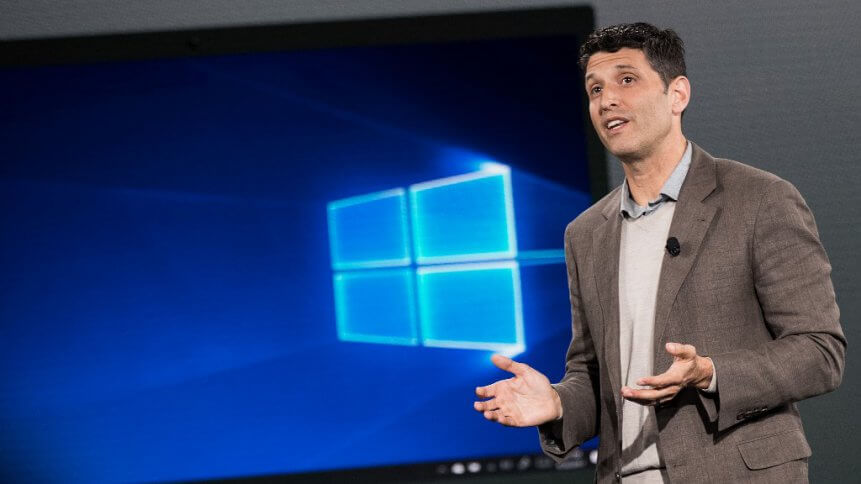Microsoft unveils its PC in the Cloud – Windows 365

With remote working still being practiced by most organizations, the cloud continues to be an important enabler to ensure business continuity. Software-as-a-Service (SaaS) on the cloud not only enabled businesses to have better agility but also be able to adapt to remote working lifestyles during the pandemic. To better improve the experience, Microsoft introduced Windows 365, bringing the famed operating system to the cloud.
Microsoft recently announced Windows 365, a cloud service that introduces a new way to experience Windows 10 or Windows 11, at its Microsoft Inspire event. Suitable for businesses of all sizes, Windows 365’s operating system will be on the Microsoft Cloud, enabling connectivity to all devices, apps, data, and settings from wherever a user is.
The launch of Windows 365 comes amidst the recent security incident that had Microsoft require all their Windows users to install security updates. With over a billion Windows users, the security incident is not the first affecting the company. Microsoft also recently announced the acquisition of cybersecurity firm RiskIQ to help companies better protect themselves from ransomware and other cyberattacks.
According to Satya Nadella, Chairman and CEO of Microsoft, the subscription-based Cloud PC will be a hybrid personal computer that uses both the power of the cloud and the capabilities of a device to provide a full, personalized Windows experience. “Just like how applications were brought to the cloud with SaaS, we are now bringing the operating system to the cloud, providing organizations with greater flexibility and a secure way to empower their workforce to be more productive and connected, regardless of location,” said Satya.

Satya Nadella, Chairman and CEO of Microsoft. (Photo by Tobias SCHWARZ / AFP)
Interestingly, virtual and remote desktops have been around for some time. However, what makes the Cloud PC different is that it does not have the complexity that comes with traditional virtual and remote desktops. Instead of having an IT department set up and manage a virtual desktop, anyone can set up and use Windows 365.
Using the features of the cloud, Microsoft explained that the new operating system will benefit organizations in three key areas. Firstly, users will be able to stream all their applications, tools, data, and settings from the cloud across any device wherever they are.
Secondly, with a Cloud PC the experience is seamless as users can log in and pick back up where they left off across devices. For IT teams, Windows 365 also simplifies deployment, updates, and management. This allows IT teams to easily manage the access of employees towards organizations’ data and workloads.
Thirdly, one of the biggest challenges for remote working faced by organizations was ensuring they were able to provide devices to their employees. Employees that use their own devices to access company data continue to pose a security risk. The Cloud PC can help solve this as it enables users to use any device for access with its security features.
Windows 365 is secure by design as it is built on the principles of zero trust. Zero-trust draws on security measures such as multifactor authentication, identity and access management, orchestration, analytics, encryption, scoring, and file system permissions. It also calls for governance policies such as giving users the least amount of access they need to accomplish a specific task, as users have repeatedly been identified as the biggest exposure point that companies face regularly. As with cloud security features, the information is secured and stored on the cloud and not on any device.
According to Jared Spataro, corporate vice president of Microsoft 365, Windows 365 is just the beginning of what will be possible as they blur the lines between the device and the cloud. With remote working seemingly the new normal for most organizations, the hybrid work experience requires organizations to deliver greater productivity with increased versatility, simplicity, and security.
Be it a small business or a large enterprise, Windows 365 will be available for businesses starting next month, with a per-user monthly subscription cost. While the exact pricing details have not been released, the subscription-based model is proving to be a success as more organizations are preferring it instead of being tied down to any vendor lock-ins.










